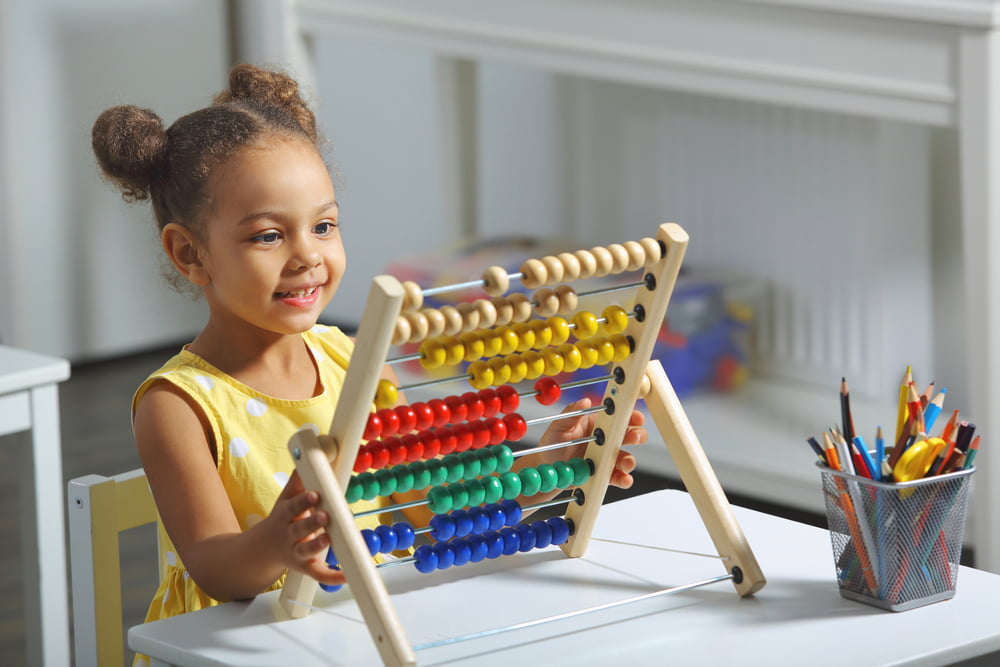8 benefits of educational toys for kids’ development

Toys are not just a mode of entertainment, but studies have suggested that toys, in fact, help in cognitive development and mental stimulation in kids. The young minds are so curious about the world around them and always ready to explore everything, that toys make for a good opportunity to answer this call of curiosity. There are several benefits of educational toys for kids’ development, and this article lists some such benefits.
Enhances senses
All educational toys are linked with the development of specific senses of a kid, and one of the most common patterns we can see in these toys are the senses of touch, hearing, and sight. There are various toy options, like those that make some sounds or have bright, vivid colors on them. These toys are meant to enhance the sense of hearing and sight in kids as they stimulate that part of the brain more. Growing up using these educational toys will help enhance a kid’s communication skills, and help them express themselves better.
Enables social development
This may sound surprising, but it’s true that some educational toys also help in the social development of an individual. Many of these educational toys require the kids to play with other kids or even adults, which helps build their social relationships. There are many emotional cues that can be triggered during a social interaction, like laughter, crying, or even anger. And teaching the kids to navigate these emotions is a learning experience for them. Moreover, the games also teach the kids small attributes like waiting for their turn, rules of the game, sharing, team leadership, and even having fun.
Boosts IQ
Research suggests that toys are also helpful in boosting kids’ IQ. Their literacy, hand-eye coordination, memorization skills, and skills of identification are all enhanced when interacting with these toys. While these toys are made for fun and interaction, they can easily influence a child’s intelligence score in their development phase.
Helps develop motor skills
The actions and movement of the muscles are known as motor skills, and kids are usually known to develop these skills through playing and interaction. Some of the activities that can help with this particular type of development include building blocks, stacking cups, threading, and sewing kits, which are safe for the kids. They also help in hand-eye coordination, as mentioned before, and even small muscles in the fingers are used for this kind of activity.
Enhances problem-solving skills
When kids play, they learn through their own experiences and actions. Problem-solving as a skill is such an important part of adult life that all kids should have the ability to navigate through daily problems. Children who can solve problems by themselves are known to be more independent and confident in their adult years. Using logic behind solving puzzles is one easy way to try to incorporate problem-solving skills in children. Some games that can help in this skill include balancing blocks like Jenga, puzzle games, or even magnetic kits that have blocks to place.
Enhances creative thinking
Any kind of art toy involves creative thinking. Think of all the messy games that one can play with slime, clay, paint, and so on; they all have attributes that encourage creative thinking in kids. These toys can also help them to concentrate for a longer period of time in the game. This creative thinking can help in real-life situations later, like in business solutions and innovation projects. Some of the games to pay attention to include craft kits like 3D masks, lego, playdough, coloring or painting books, and so on.
Improves communication skills
Communication is another important tool in everyday life, without which anyone would be lost. So learning this skill early in life is very important. Predominantly, the child learns communication from the adults closest to them, but there are also communicative games and toys that can help in this growth. Reading books and listening to rhyming poems are important parts of this development. Counting or sequencing toys are also things that one can consider exploring. Using finger puppets for storytelling sessions is a great way to inculcate more communication skills.
Improves concentration
Focus and concentration can be taught early on through the help of these educational toys. Since kids can easily engage and disengage from a conversation and activity, it is vital to keep their attention in one place with the help of specific toys or activities. This can also make this skill more fun, interactive, and engaging when done using toys that are vivid in color and hold the child’s attention.
One can speak to a child development therapist who can guide one through the journey of one’s kid’s developmental phase. One can even take some sessions with them to understand what kind of parenting and learning process will work best for their kids’ personalities. It is important to create a healthy and safe learning environment in the house that is playful and fun for the child to explore rather than depending on traditional techniques of teaching. It is also important to keep communication open with the child to understand their feelings and emotions for a better trusting and learning relationship.







